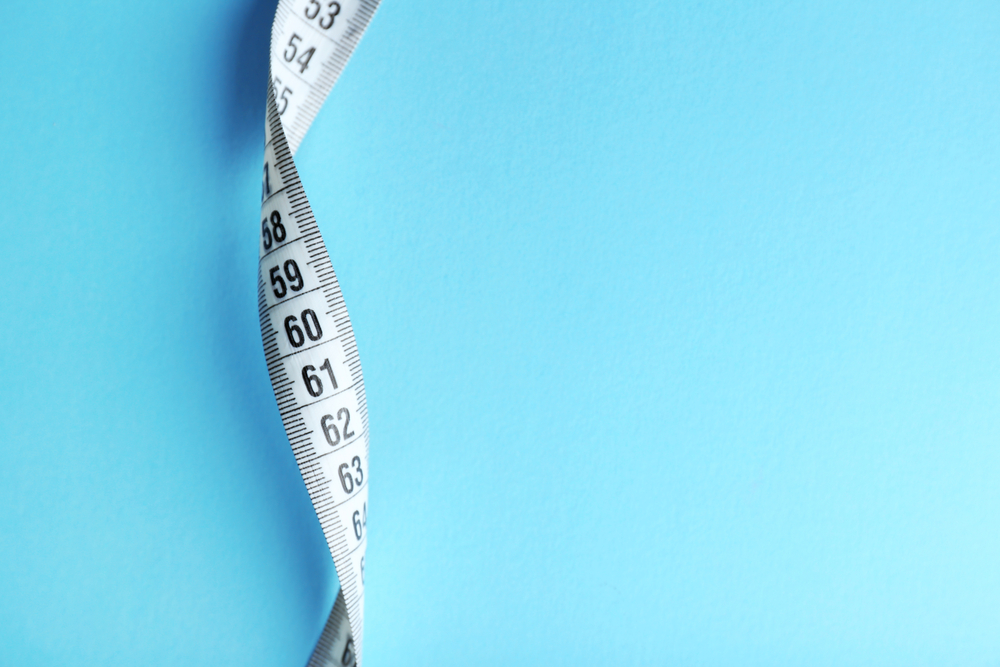Massive Weight Loss & Plastic Surgery

As gastric procedures—such as gastric bypass and gastric sleeves—become more popular, more and more people are dealing with body issues relating to the massive weight loss these procedures are able to accomplish. In addition, there are many people who are able to lose significant amounts of weight with diet and exercise that exhibit the same body changes as those patients who have had gastric weight loss procedures. These changes may include excess skin of the abdomen and back, loss of breast volume associated with excess skin and/or drooping, excess skin of the arms (causing a bat wing type deformity), excess skin of inner thighs with severe wrinkling, and a sagging face and neck. Plastic surgery can significantly improve all of these changes; however, because the excess skin changes are so widespread, it is best to deal with them in a systematic manner rather than just as separate individual components.
Typically, the first procedure to address excess skin is an abdominoplasty (tummy tuck) or lower body lift. An abdominoplasty just addresses the front part of the body. It can be an outpatient procedure, typically takes about an hour to complete, and has a dramatic effect. When skin changes are such that they are also significant in the back region, an abdominoplasty can be extended to a lower body lift. This is essentially an abdominoplasty that goes completely around the body, 360 degrees. A lower body lift usually takes about two and a half hours. Compared with an abdominoplasty, a lower body lift is performed in the hospital and patients usually spend at least one night in the hospital. Lower body lift patients also often require a blood transfusion. Most patients return to work two weeks after either procedure.
The second phase of surgery typically addresses changes to the breasts. The lost breast volume and sagging of the breasts following extreme weight loss is addressed with breast implants with or without a breast lift, depending on the particular changes that have occurred. This operation is an outpatient procedure and takes anywhere between one to two and half hours. If there are significant changes to the arms as well, creating a batwing type deformity, an arm lift can be done in conjunction with the breast surgery. An arm lift takes about an hour and adds essentially no additional recovery time to the breast surgery recovery—most patients return to work a week following surgery.
The third phase of addressing excess skin following massive weight loss usually involves the inner thigh. Thigh lift is an outpatient procedure and takes about two and a half hours. Although it is probably the most uncomfortable of the procedures that address skin excess after major weight loss, the recovery period is similar to the abdominal procedures and most patients return to work two weeks after surgery.
The final area typically addressed after major weight loss is the face and neck. A face and neck lift is the procedure that will fix these changes. This procedure takes about three hours and is also done as an out patent. Most patients return to work two weeks after surgery.
Although this combination and sequence of procedures is most common, it can certainly be altered depending on the particular issues that concern the patient the most. For this reason, it is important to have a detailed conversation with your plastic surgeon to determine the best plan for you.
If you would like to schedule a consultation to discuss post-weight loss plastic surgery options with Dr. Rothfield, please contact Weston Plastic Surgery.